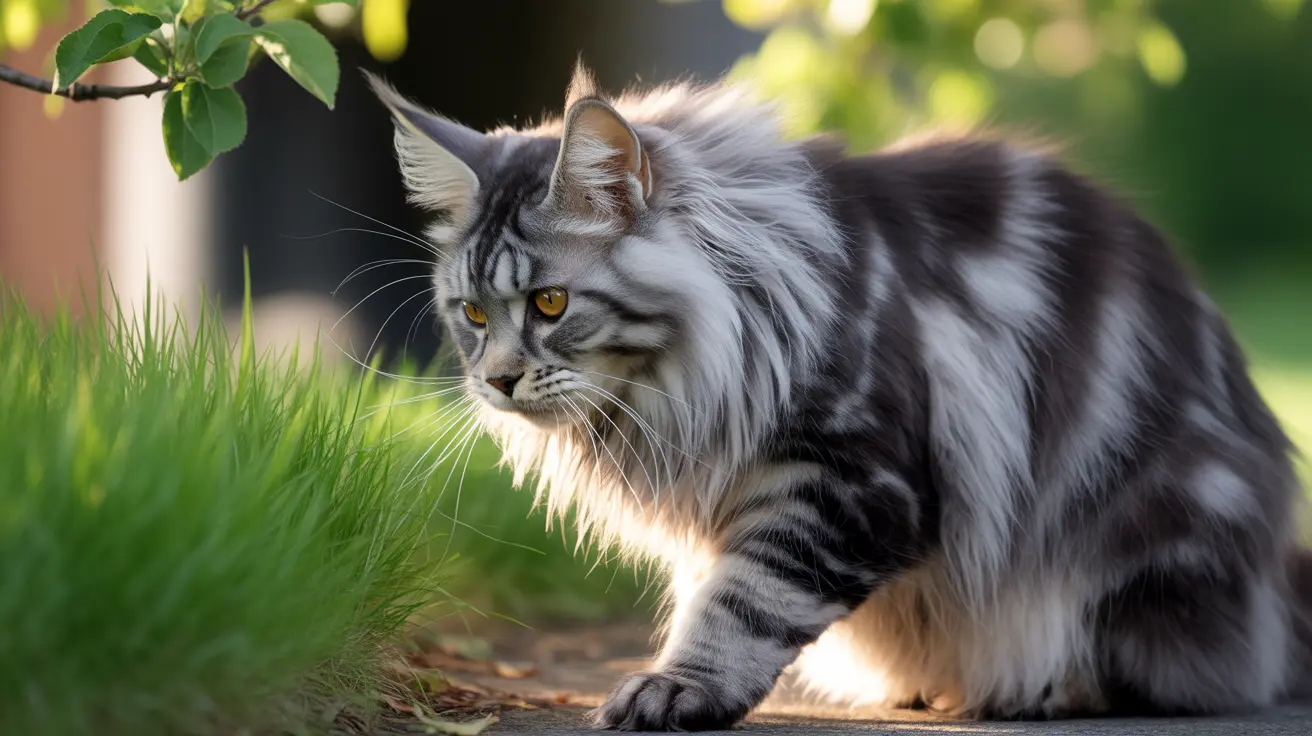Can Cold Temperatures Eliminate Fleas in Your Home?
Fleas are a year-round concern for pet owners and pose a persistent threat to both animal and human health. While cold weather may slow their development, fleas do not die off completely just because temperatures drop. Understanding how fleas survive during the winter and what preventive steps you can take is vital to keeping your home and pets flea-free.
Why Cold Alone Isn't Enough
Fleas thrive in warm, humid environments, ideally between 24–30°C (75–86°F). Cold weather can impede their progression through the life cycle, but it is not sufficient to fully eradicate them. Fleas can survive cold spells by accessing warm hosts, protected spaces, or remaining dormant in cocoons.
- Freezing temperatures—below 3°C (37°F)—must persist for several days to potentially kill immature flea stages.
- Most adult fleas survive winter by staying on warm hosts such as pets or wild animals.
- Flea larvae and pupae can remain dormant for months, waiting for the environment to become suitable for development.
Indoor Conditions Favor Flea Survival
Homes provide ideal conditions for fleas year-round. Heating, furniture, and pet bedding all create warm, cozy environments where flea populations can continue to grow unchecked.
- Flea eggs laid indoors hatch in carpets, rugs, and soft surfaces like pet beds.
- Regulated indoor temperatures prevent the natural lifecycle interruption seen outdoors during cold months.
- Even a single flea brought indoors can spark a new infestation if conditions are favorable.
The Four Life Stages of a Flea
- Egg: Laid in batches of up to 50 per day, often falling into carpets, bedding, and crevices.
- Larva: Hatches in a few days and feeds on organic material or flea feces.
- Pupa: Spins a cocoon and lies dormant for weeks or even months.
- Adult: Emerges when environmental cues—warmth, vibration, CO₂—suggest host availability.
Year-Round Flea Prevention Tips
Stopping infestations before they develop is significantly easier and cheaper than trying to eliminate fleas once they’re established. Follow these proactive steps:
- Maintain regular flea treatments for pets throughout the year, even during winter.
- Vacuum carpets, rugs, and soft furnishings daily and dispose of vacuum bags properly.
- Wash pet bedding and blankets in hot water (at least 60°C/140°F).
- Use flea combs to monitor your pet and dispose of combed fleas in soapy water.
- Keep pets groomed and healthy, as strong immune systems ward off infestation easier.
- Keep outdoor areas clean by trimming grass and controlling damp, shaded areas.
- Consider natural repellents like rosemary and lavender in your garden.
- Consult your veterinarian for season-specific flea control strategies.
Hidden Risks: Wildlife and Dormant Fleas
Even if your home is well-maintained, flea populations may linger in unexpected places:
- Wild animals such as raccoons and foxes can carry fleas into your yard or crawl spaces.
- Outdoor flea stages in hidden spots like garages or leaf litter may survive winter.
- Flea pupae can lie dormant for up to five months, or even over a year, awaiting optimal conditions.
Secondary Health Risks for Pets
Fleas are more than a nuisance. An unchecked infestation can lead to severe health complications:
- Flea allergy dermatitis: An allergic reaction causing severe itching and skin irritation.
- Anemia: Particularly in puppies, kittens, or debilitated pets due to blood loss.
- Tapeworms: Fleas can transmit these parasites when ingested by pets.
- Other parasites: Flea preventatives may also protect against roundworms and whipworms.
Conclusion: Cold Temps Alone Won’t Eliminate Fleas
While extended freezing temperatures can reduce flea numbers outdoors, maintaining a cold indoor environment is impractical and insufficient for flea control. The key to protecting your pets and home is consistent, year-round flea prevention. By staying vigilant and proactive, you can minimize the risk of infestation no matter the season.





